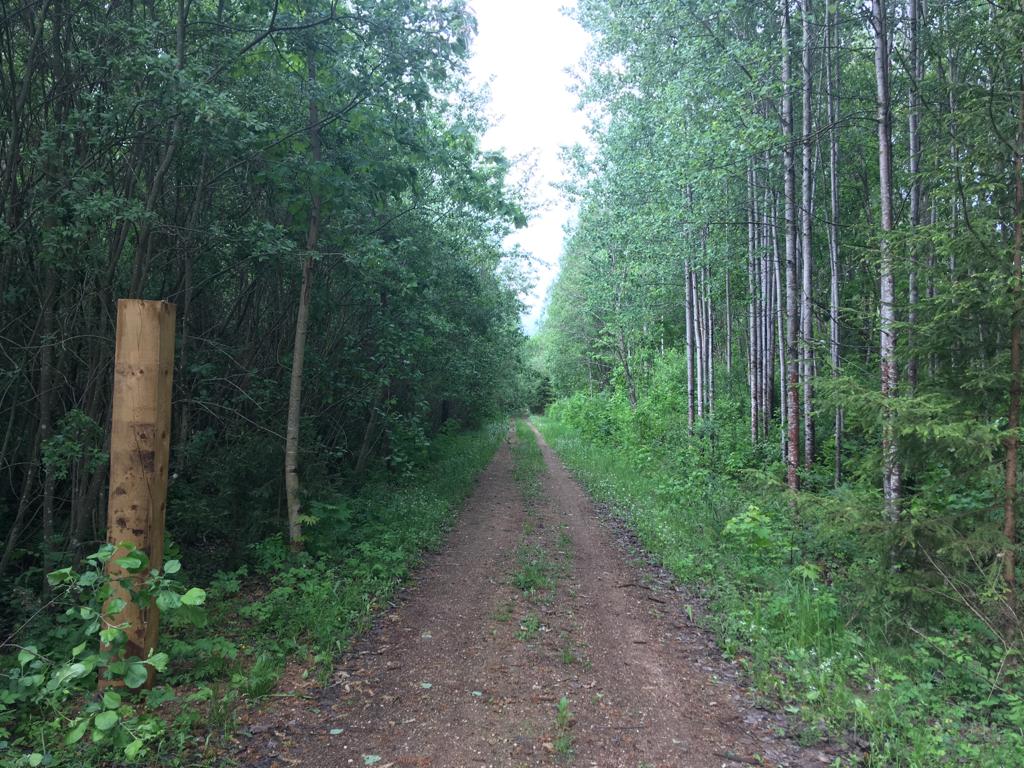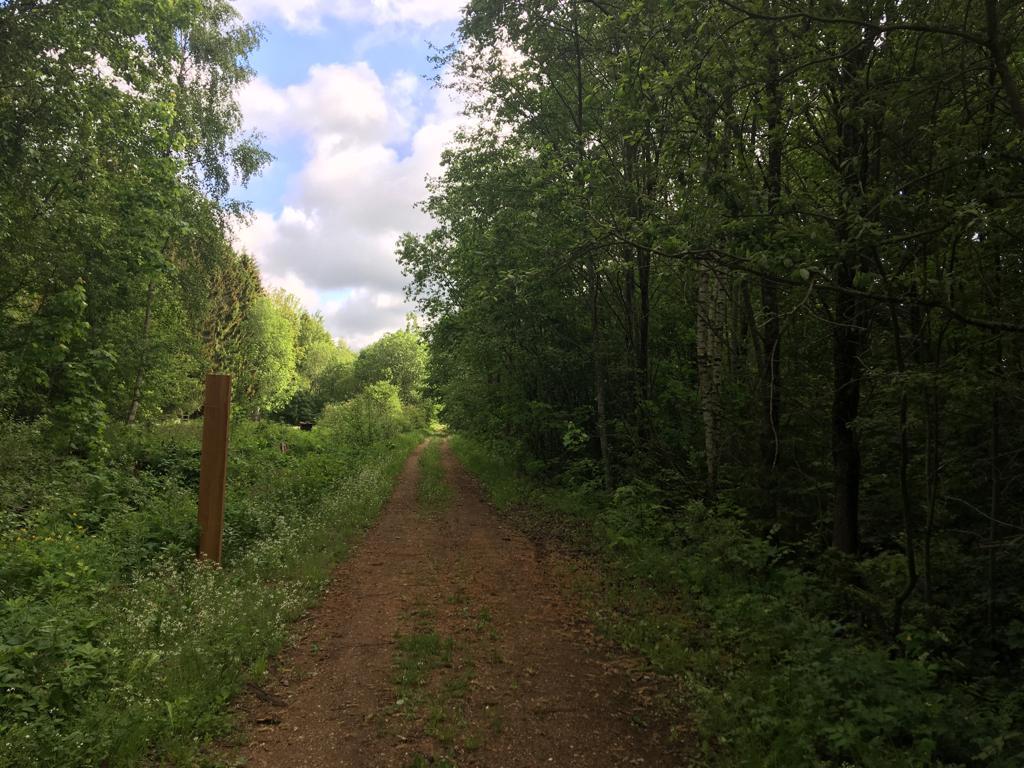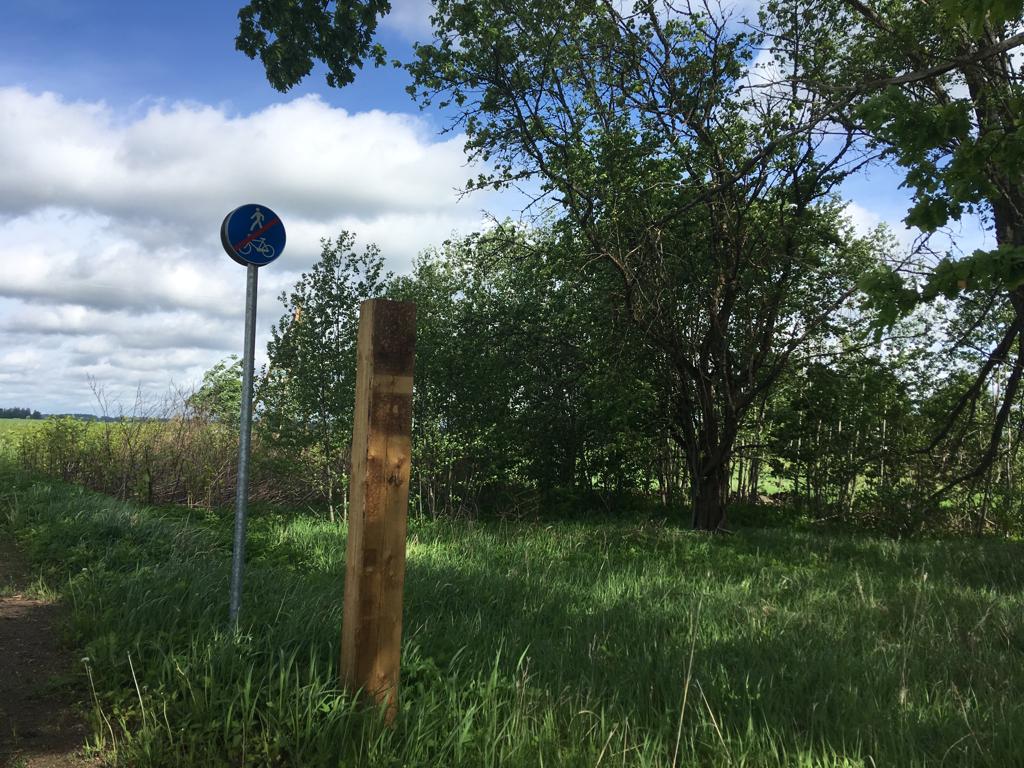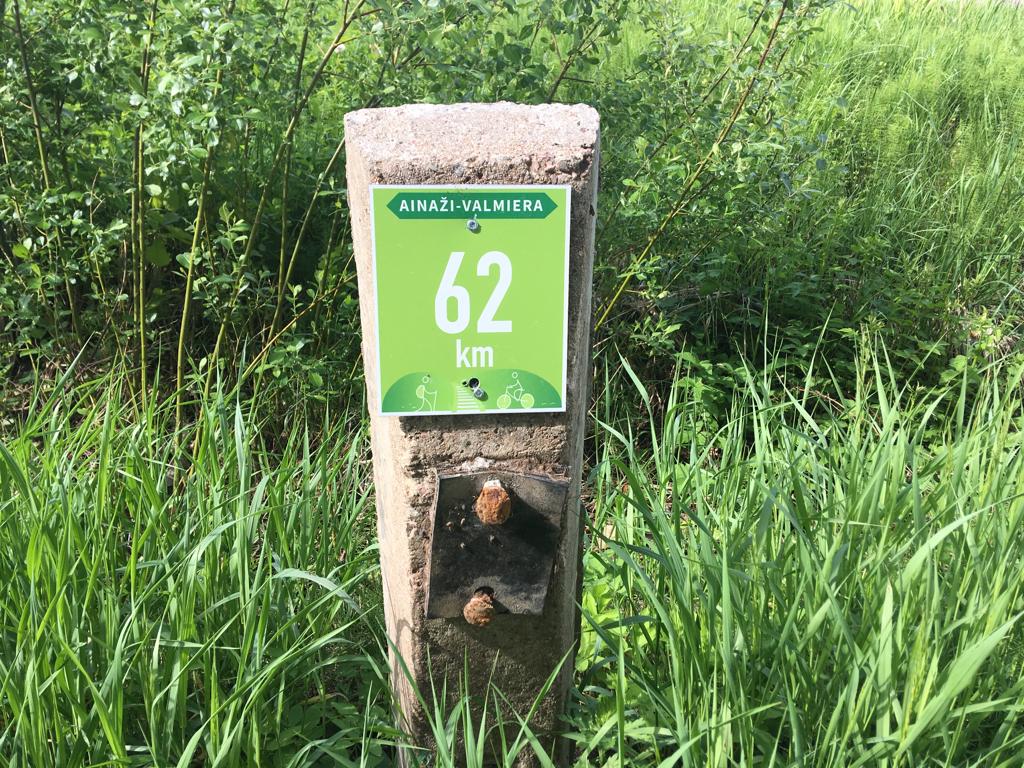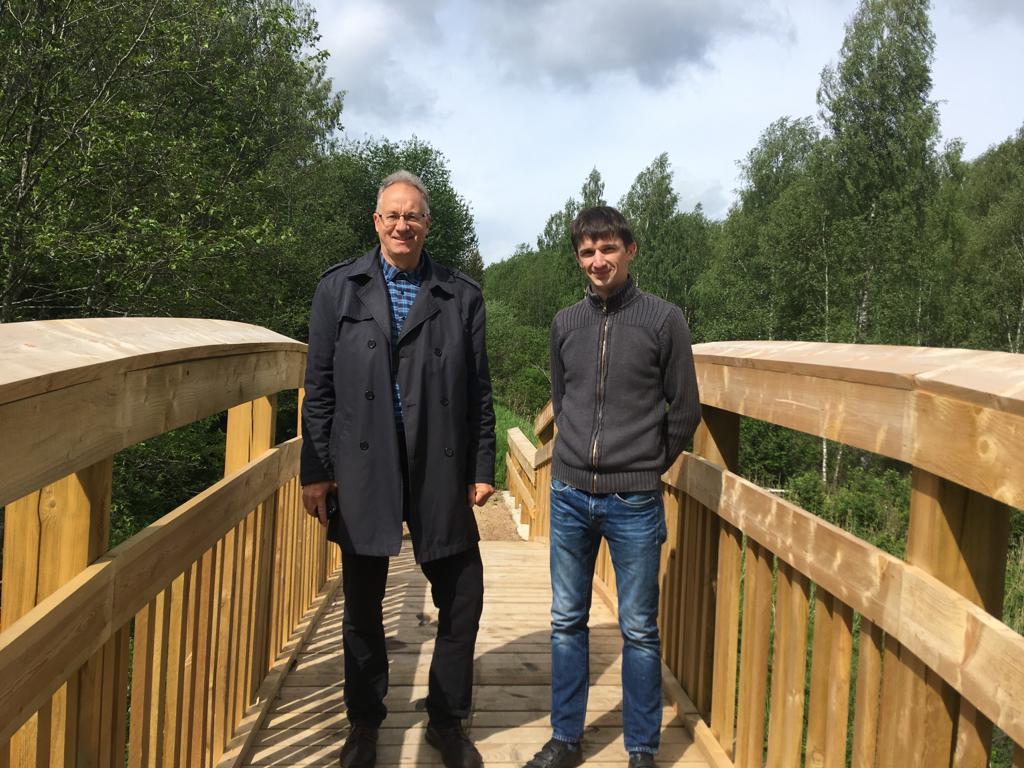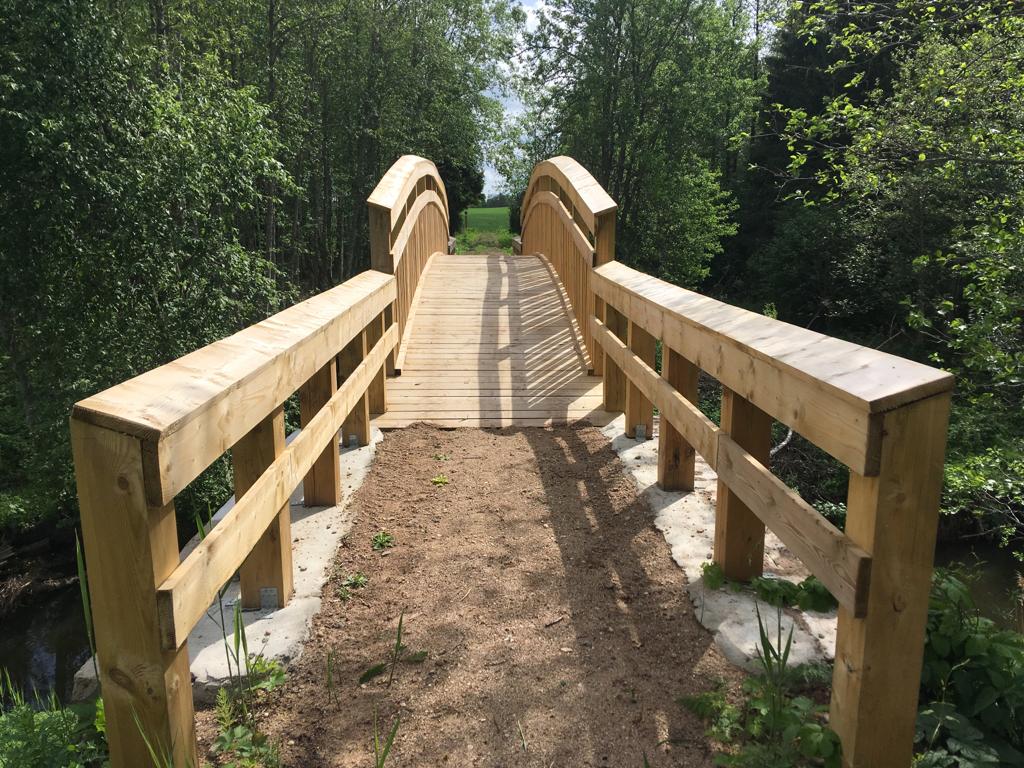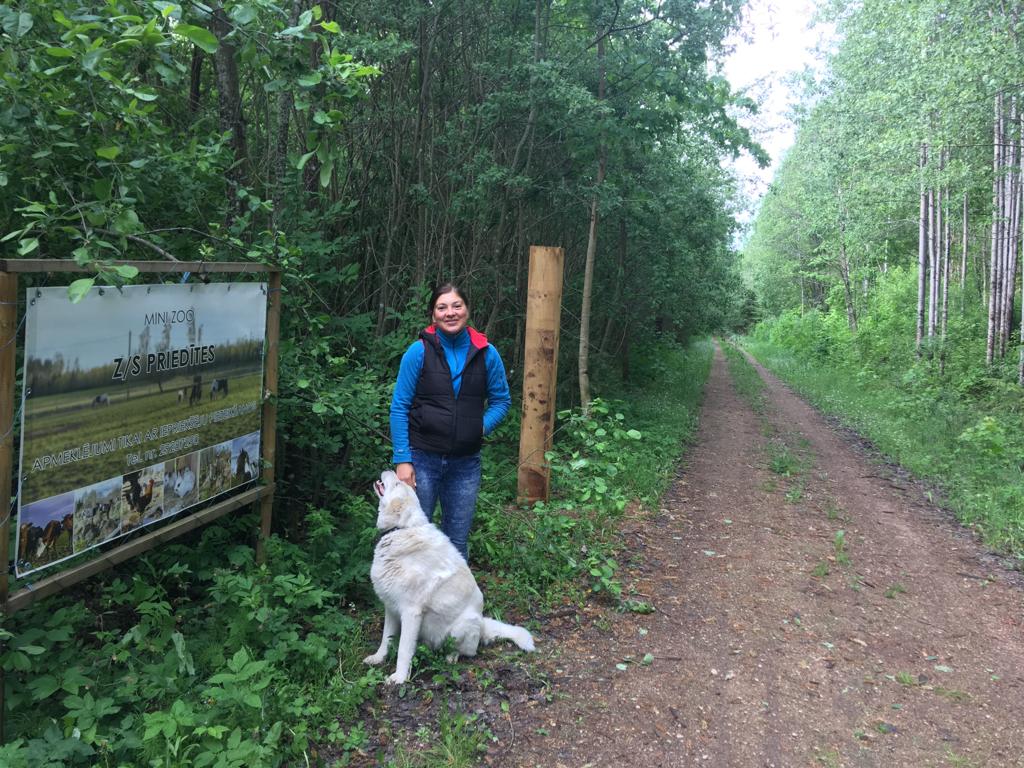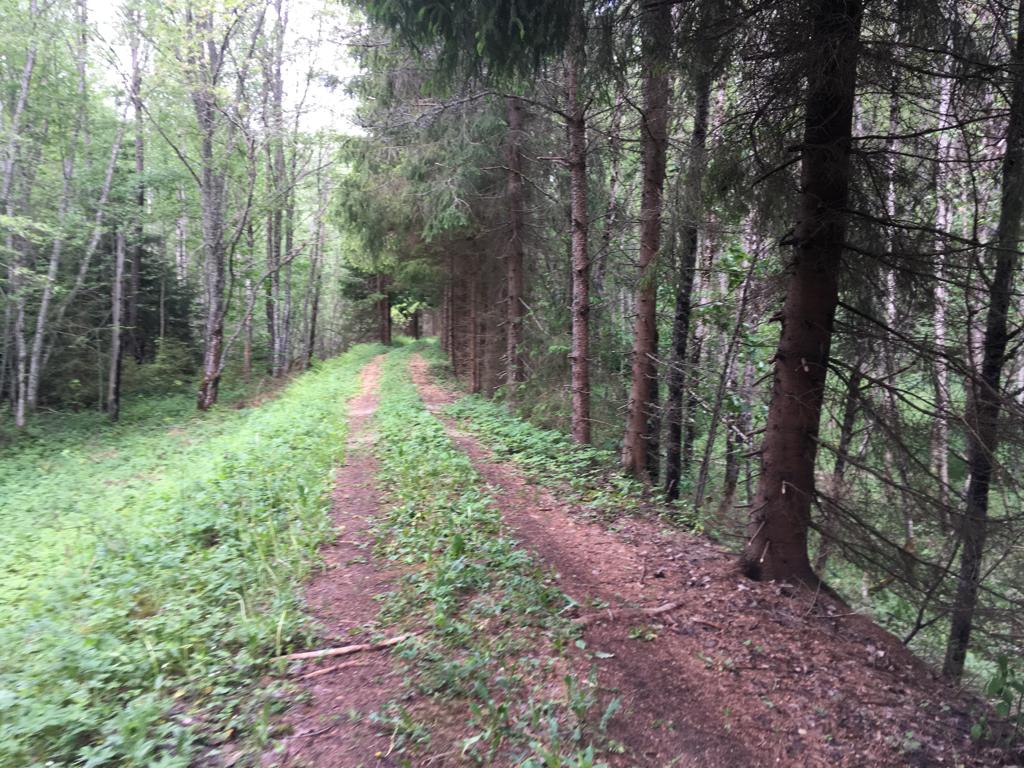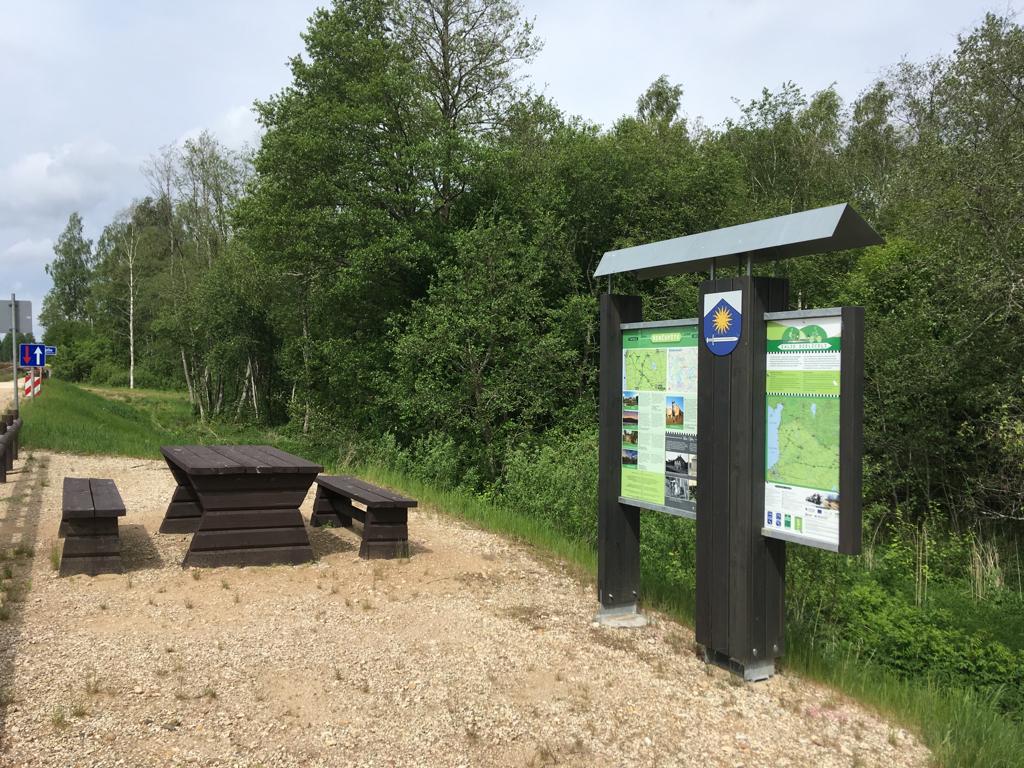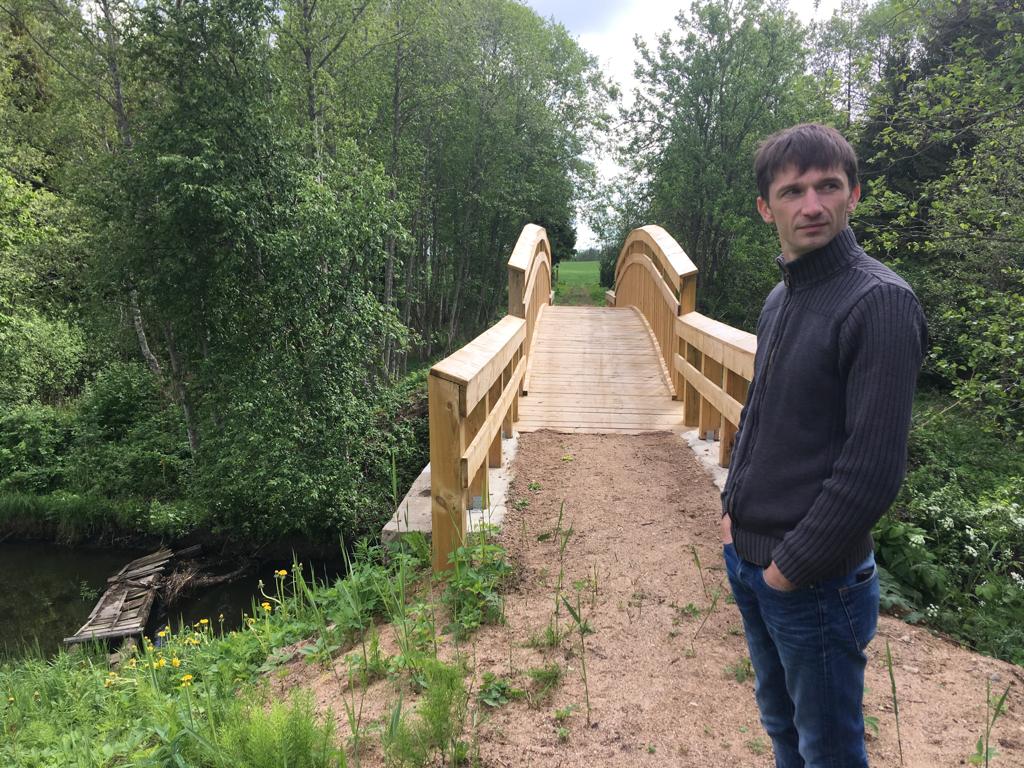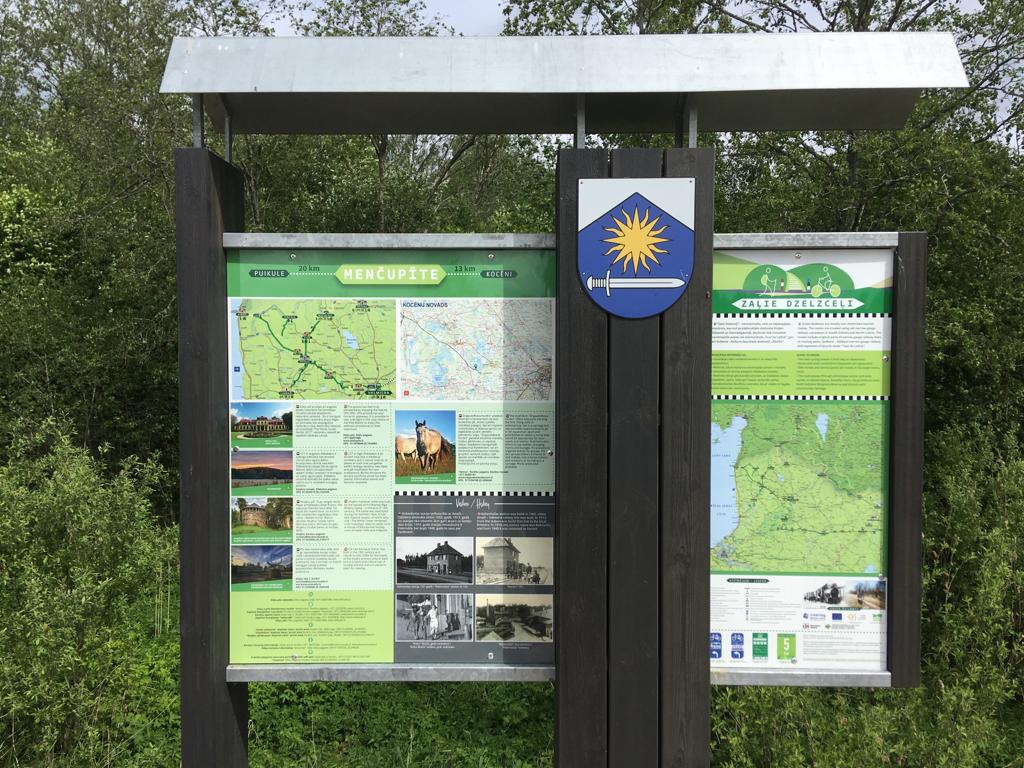Over 700 km of trails
Later on the railway was dismantled and the embankments became overgrown with greenery.
"Not just this line, but many others that were dismantled later on sparked a pressing question, namely, what should we do with them? There were no bridges here anymore, and no way to speak of. The semi-forest area has now been cut and 15 bridges have been built on the line in total.
About 250 km of abandoned lines have been cleared on the Latvian side on the border and a further 50 km on the Estonian side.
Together with connecting paths, the total route goes on for more than 700 km. Recreation spaces and maps line the route, though notices aren't found everywhere as of yet.
A total of 28 institutions are partaking in the project, and local municipalities will be maintaining the Green Railways from now on.
For example, Armands Broks, an official at the Kocēni Municipality, told Latvian Radio that the municipality has invested the bulk of funds – €65,000 out of the total figure of €97,000 – for implementing the project on their land.
It is expected that this will boost tourism considerably, with locals who own land near the trail following the project closely with their own business prospects in mind.
Meanwhile at Limbaži the Priedītes farm is ready to offer horseback rides to willing tourists. Here, the railway was cleared two years ago and has been used for horsing around ever since.
But Zane Magone, who owns the farm, says all is not quite well yet as other sometimes use motor vehicles on the trail, greatly damaging it. Indeed, while parts of the Green Railways can be used by all manner of vehicles, they are mostly reserved for walking, cycling and horseback riding, or, in winter, for skiing and dog sledding.
While businesses are still getting their heads around the potential ways to attract tourists running the routes, Andris Klepers, a professor at Vidzeme University, says caffeterias and restaurants and hotels should profit from the initiative but they should be ready to accept guests that may be covered in mud and greenery but are nevertheless willing to eat and lodge and pay for it.
A problem he sees with the current trail is that there's easy access only on the parts of it that are connected to the railways.
In the next part of the project the dismantled Ērgļi railway line towards Russia is to be cleared up as well.
